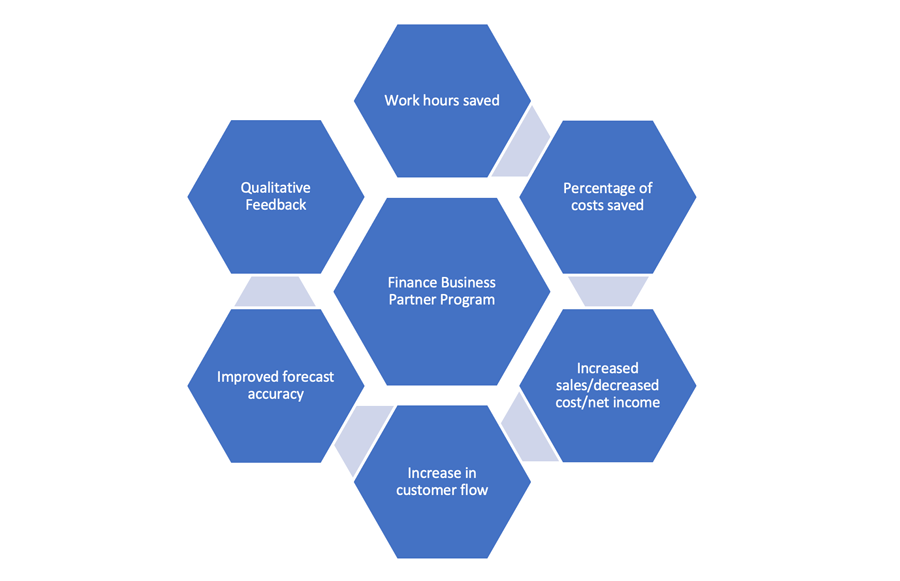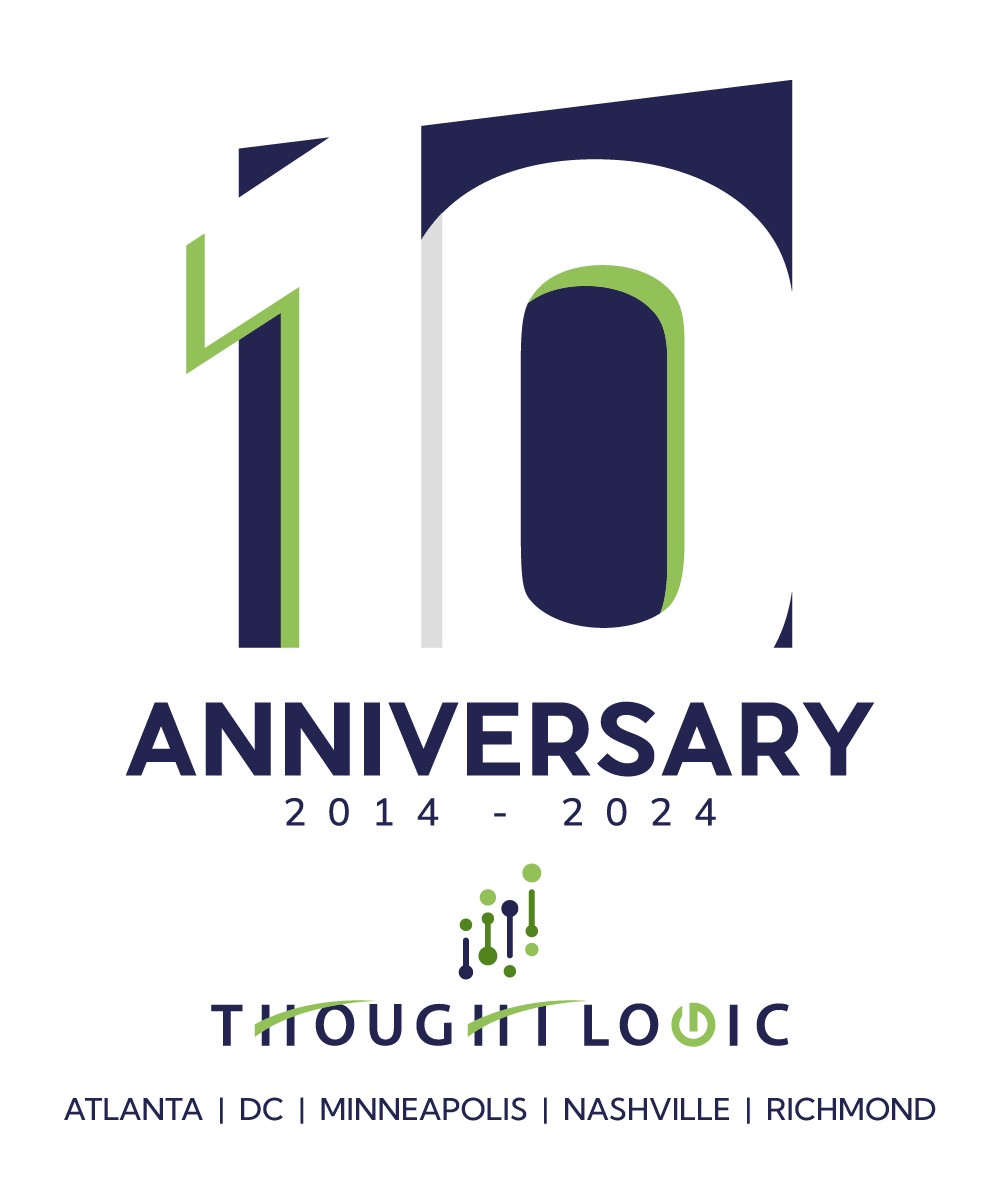Creating a Better Finance Business Partner Program
There has been a lot of news and chatter about Finance professionals becoming more decision oriented, and better business partners. They need to be more analytical and provide relevant insight to the business.
In addition, trying to separate transactional processes (i.e., AP, AR, etc.) from decision-based processes such as planning and forecasting. This article explores what it means to be a finance business partner and the impact it may have on the organization. In addition, the actions you should take to build a finance business partner capability.
At the end of the day, one of the basic definitions of partner is “co-ownership”, so taking that as a business partner, people in this role should have a responsibility to guide and steer the business. The question becomes in an enterprise, how do Finance and Category Managers or Product Managers “co-own” something. In that regard it is clear that a responsibility matrix (RACI) would need to be established, but the end goal of specific drivers can be shared, including higher margins, increased sales, market penetration, inventory turns, etc.
Drivers and Barriers to building a true Finance Business Partnership
Regardless of the operating model, companies that have fully implemented a business partnership do so for the following reasons:
- Provide the framework for developing the business’ budget and plans
- Create more accurate forecasts for business units/departments
- Help the organization meet or exceed its performance goals
- Support smarter data-driven strategic decisions
- Provide a clear understanding of the drivers of business performance Strategic initiatives
However, there are a lot of barriers to meeting the objectives and responsibilities above to become a true business partner that include, but are not limited to:
- Lack of pertinent information/data used in FBP
- Stakeholders do not trust the data used in FBP
- There are poorly defined organization roles
- The organization business structure is too complex
- Business leadership does not feel the FBP role adds value
- Lack of data analysis tools in the finance function
It is clear that based on the opportunities along with challenges to becoming a true business partner, that each of the operating model components should be designed appropriately. Simply moving a legacy accountant or data analyst to a business COE won’t work for the same reasons launching a new model without a RACI would cause confusion and unnecessary complexity. In a 2022 APQC study of over 120 companies, 98% that implemented a business partnering model, provided a clear definition and the role of finance business partnering inside the organization.
Skills and Talent
It is important to understand the skills that are required to make a business partnership successful. Using the following chart as a guide, it is critical to perform an internal gap analysis to understand the upskilling that will be required.
Upskilling can come in many forms that includes change management, communications and training. Upskilling is a workplace trend that facilitates continuous learning by providing training programs and development opportunities that expand an employee’s abilities and minimize skill gaps. Upskilling focuses on improving current employees’ skill sets, usually through training, so they can advance in their jobs and find different roles and opportunities within the company.
Implementation Characteristics
Of those companies that have fully implemented finance business partner programs, there are six areas that all impact the finance operating model in some manner:
At over the 120 companies that have fully implemented a finance business partner center of excellence the benefits have paid enormous dividend:
Respondents provided ways they measure success at their organization. The below is a consolidated list from respondents. Percentage of costs saved Increased sales/decreased cost/net income Customer flow Financial reporting/budget performance Strategic initiative success Return on investment (ROI) Expected net present value of the partnership Qualitative feedback from those in partnership.

Thought Logic has assisted several organizations in each one of the implementation areas. For a large investment bank we helped implement a shared services model for their transactional processes, to free up time for the finance planning and analysis team to provide better decision-making and insight. At a specialty-retailer we provided a roadmap and helped implement a more robust financial system to drive visibility to inventory and COGS leading to a more accurate forecast.
As you consider building your finance business partnership program, whether virtually or a set organization, there are additional factors you should consider. The components should be well documented from a business process perspective, with revised policies which will lead to the appropriate business, technical and data requirements. A governance program needs to be developed to support the implementation, but also the ongoing support and maintenance of the program. This governance model will also support maintenance of documentation, tracking the business case and ROI and also help with documentation of service levels.

Learn More >

About Digital Enablement
Thought Logic’s Digital Enablement smartSolution provides full-circle capabilities that help keep organizations keep ahead of digital change.

Sign up to receive future Insights in your email box.
Never miss an update.









